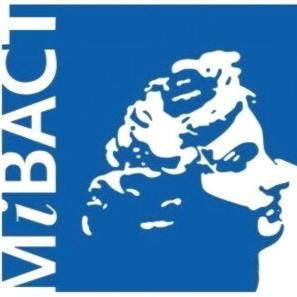Summary (English)
The architectural elements of the megalithic burial, which had been emptied in an undetermined period, were accurately recorded during its exploration and minute pottery fragments were collected.
Moreover, an unusual roughly-made phallic baetyl (sacred stone) was found at circa 10 m from the burial.The giant’s tomb and the baetyl are part of an archaeological complex which also comprises a dolmen, a tholos nuraghe and the remains of early medieval constructions, attesting the importance of this flat area in various periods. The terrain was rendered fertile by its proximity to the river Furrighesu, running below it.
The giant’s tomb is the best known of the ancient remains due to the monumental nature of its basalt structures. It is 13.45 m long, 14 m wide at the exedra, 12.40 m high and preserves the terminal apse and part of the ceiling of flat slabs.
The façade is built of stone blocks in courses and must originally have been circa 4 m high, judging from the fallen ashlar blocks in the surrounding area. The entrance, the cover of which was found close to the exedra, was rectangular.
The funerary chamber was formed by large orthostats topped with ashlar blocks. The internal facing, constructed with slabs whose visible face was slanting, formed a corridor with an ogival section of great aesthetic effect.Interesting elements within the structure were a space used as a midden, diverse cup-marks cut into the stone of the frontage and the left side of the funerary chamber and the levelling of the bed-rock to form the floor.
The few pottery and lithic finds, including a vase fragment decorated with incised dots, date the monuments to the Middle Bronze Age II, between 1500 and 1300 B.C.
- Paola Basoli
- Alba Foschi Nieddu - Soprintendenza Beni Archeologici delle Province di Sassari e Nuoro
- Isabelle Paschina
Director
Team
- Franco Tendas
- Gian Carmelo Melis
Research Body
- Soprintendenza Beni Archeologici delle Province di Sassari e Nuoro
Funding Body
Images
- No files have been added yet




